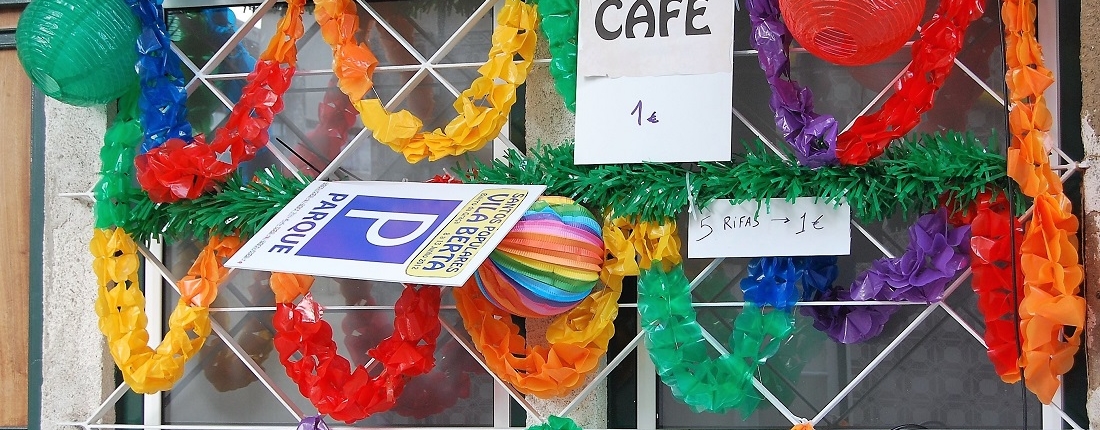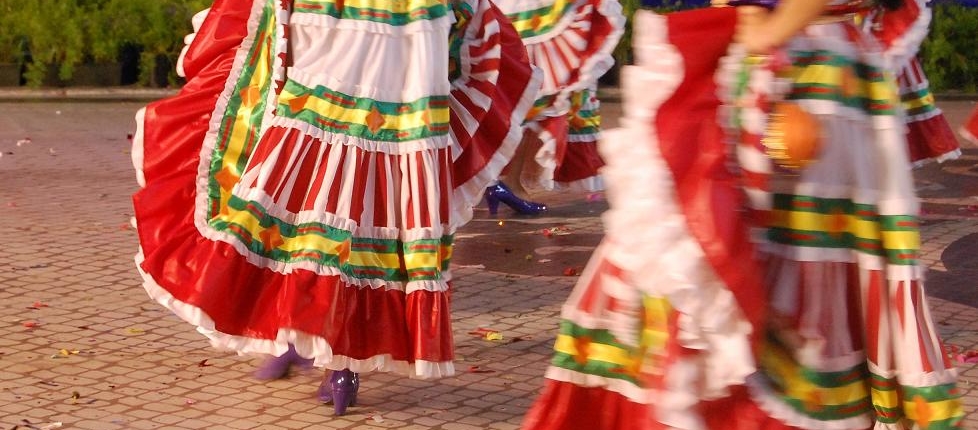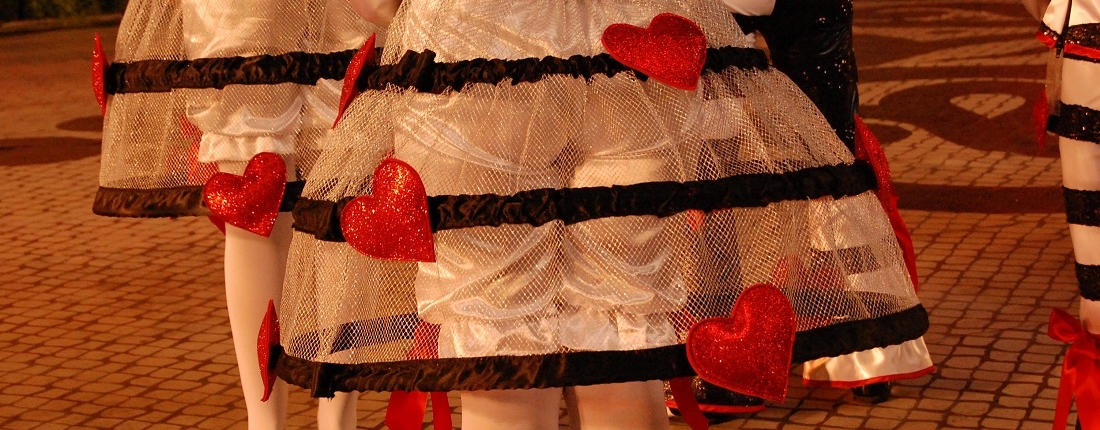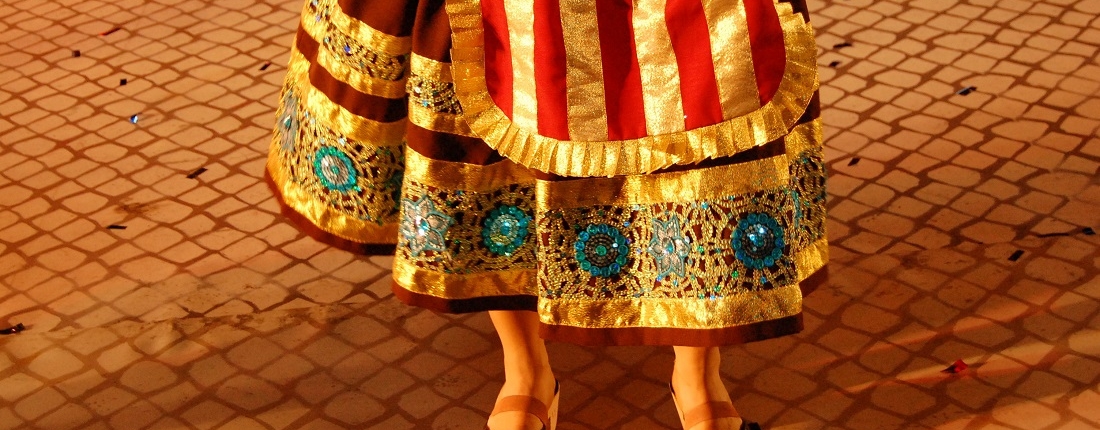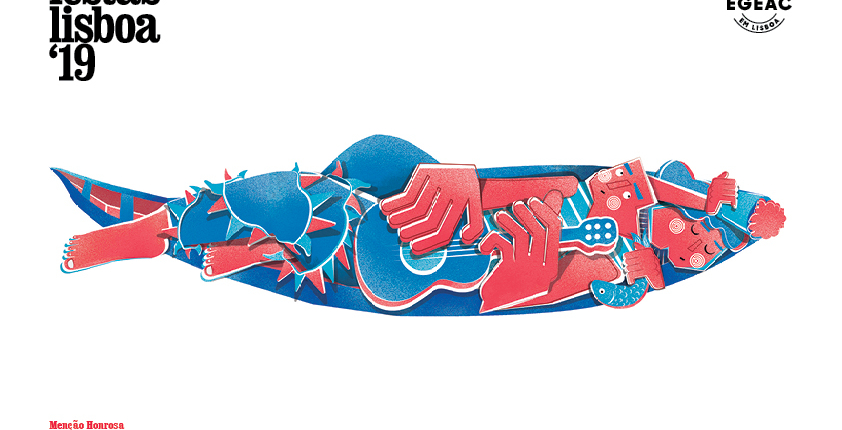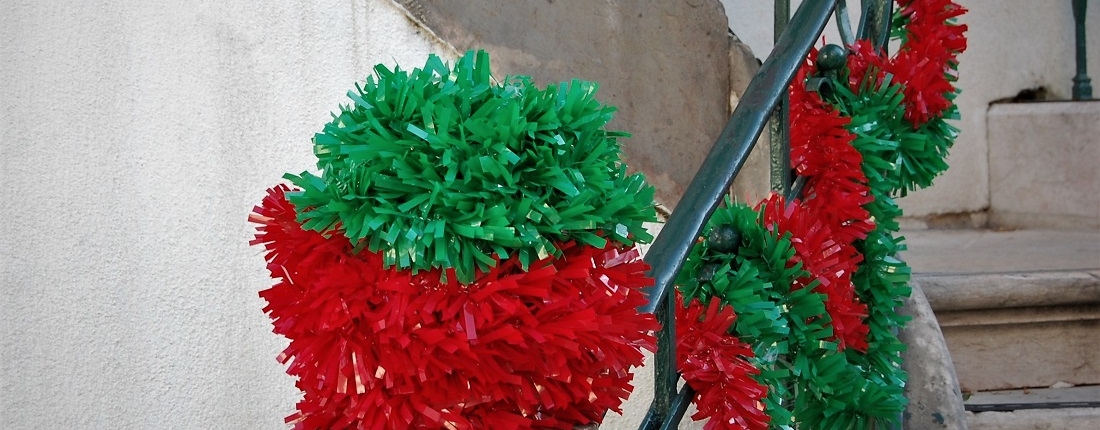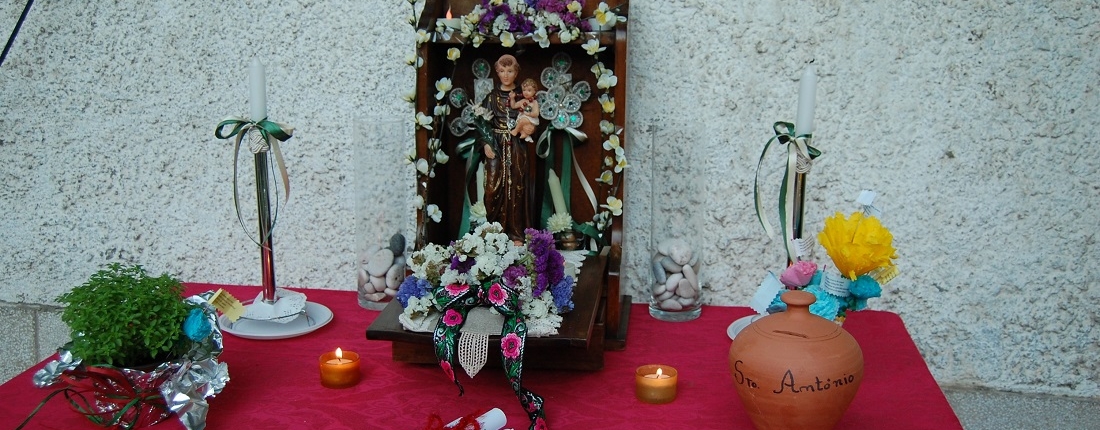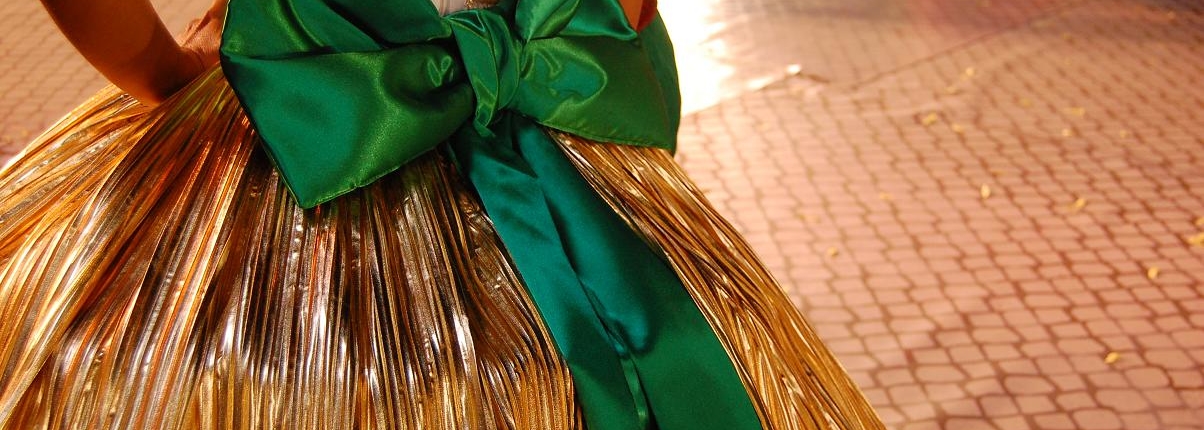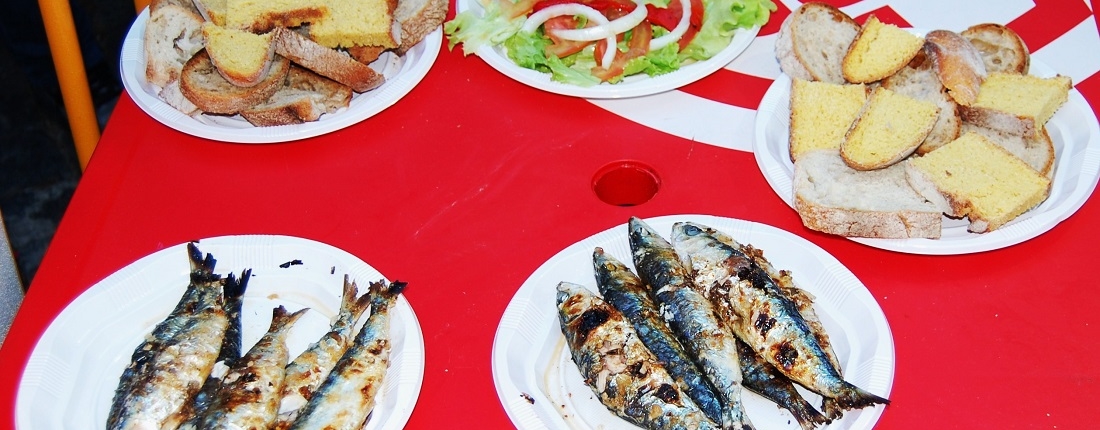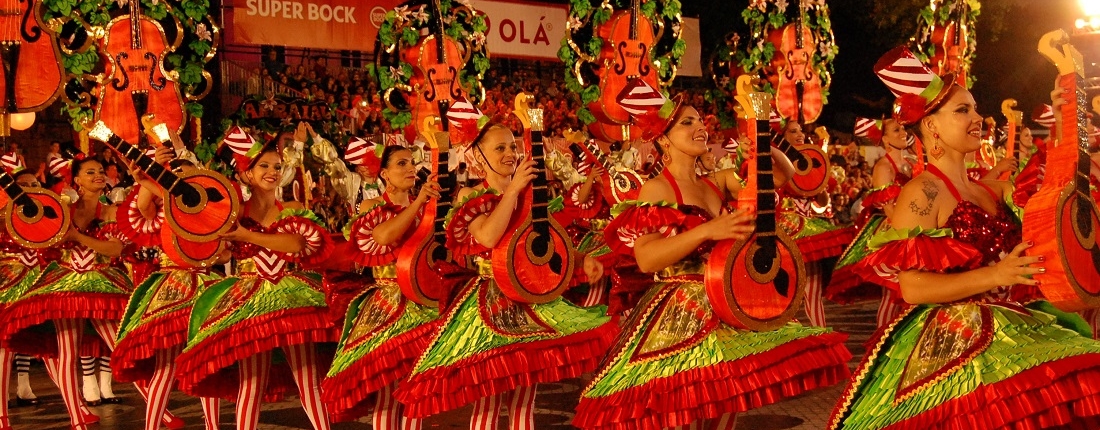Antony is the patron saint of Lisbon, a beloved patron saint.
This Antony is also the one from Padua, and the Italians claim him as one of their saints. France could also claim it: Antoine spent many years of his life there, in the south.
Antoine was born in 1175…in Lisbon. From this we are sure. He studied in Lisbon with the Augustinians and then in Coimbra and became a Franciscan.
Brilliant, erudite, excellent speaker… Antoine became father of the church, before being canonized.
He died at the age of 36, but during his short life Antoine performed many miracles.
Among its great faculties, that of allowing beautiful marriages. And at the time of its celebration, on June 13th, the Lisbon City Hall organizes the weddings of St. Anthony’s Day. Several dozen couples are cared for by the town hall, and they are entitled to marriage in Santa Maria Maior Cathedral.
Procession of Saint Anthony.
Very lively, very followed….. It takes place on the morning of June 13, the day of the feast of the Saint. It is not very old, it dates from the 16th century. The procession starts from the church of Saint Antoine, as it should be, at 5pm.
The Marches
This is the highlight of the June festivities.
Every year, the neighbourhoods march along Avenue de la liberté, and stop in front of the mayor’s gallery to whom they give small gifts.
The marches are staged on a theme imposed on all the districts, complemented by original interpretations.
The parade is carried out by the residents of the neighbourhoods, preceded by the previous weekend’s competition at the Parc des Nations. The costumes, the set, the decorated hoops, the script, the music and even the godparents – a couple of more or less famous stars – are examined in detail.
The competition is intense. Walkers dream of being first.
-
The Arraials
The arraial is a kind of camp that was set up in villages during a fair or a celebration. The spirit is still there: chairs and tables are set up outside, sardines are roasted to the sound of popular music.
There are the official arraials…and all the others. Many of them improvised in a hurry.
It doesn’t matter! The important thing is to celebrate Saint Anthony and the sardines.
The “manjericão”
Manjericão is a basilica with small leaves, decorative, without much culinary interest. It is a symbol of love and friendship, which is said to go back to the Romans. We continue to offer them, for the pleasure of the little green ball at home. They say that you shouldn’t touch it or it will die, or that you should water it too much, while watering it enough.
In short, manjericão is difficult. So is love.
The sardine
It is in June that we start eating the sardine. It is indeed at this time that it approaches the coast to spawn. The fish is fat, that’s where it’s best
The sardine is an institution.
It is toasted whole and served on a slice of bread, with potatoes and pepper salad. A glass of wine or now beer.
The music that accompanies the evenings in June is called “pimba”, something between variety and the bal musette. But the catchy tunes are well known to all, and are taken up again.
On the night of St. Anthony’s Day, from June 12 to 13, the centre of the capital becomes inaccessible to cars.
It is therefore by foot that we go from Arraial to Arraial. After all, they are the steps of St. Anthony’s Day.


